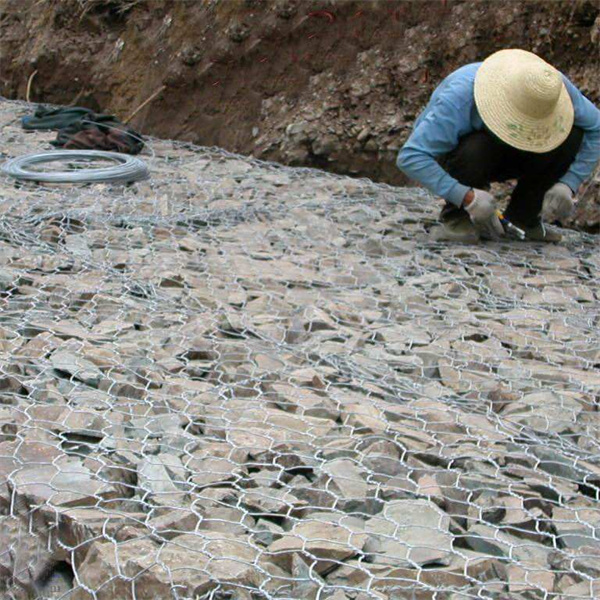Dec . 13, 2024 14:17 Back to list
curved gabion wall
The Aesthetic and Functional Appeal of Curved Gabion Walls
In the realm of modern design and architecture, the integration of natural elements into constructed environments has become a growing trend. Among various design solutions, curved gabion walls stand out as an innovative blend of functionality and aesthetics. These structures, made from wire mesh baskets filled with stones, provide a plethora of benefits that make them increasingly popular in both residential and commercial applications.
Understanding Gabion Walls
A gabion is a sturdy container often composed of wire mesh that is filled with natural materials, typically stones. These walls are engineered to provide various functions, from erosion control to landscape enhancement. Their versatility is one of the key attributes that make them appealing for architects and builders alike. When one introduces a curve into the design, the gabion wall gains an additional layer of sophistication and usability.
Aesthetic Benefits
Curved gabion walls add a unique visual dynamics to landscapes. Traditional straight walls often create rigid lines that can disrupt the flow of natural topography. However, the gentle curves of a gabion wall can harmonize with the surrounding environment, softening transitions between different areas in a landscape. This fluidity not only enhances the visual interest but also allows for inventive landscaping opportunities. Plants can cascade over the curves, intertwining with the stone-filled structures, creating an organic interplay between hardscape and softscape.
Moreover, the use of local stones in filling gabion walls can reflect the regional geology and aesthetics, allowing the structure to blend seamlessly into its environment. The color and texture variations not only add character but also ensure that the wall contributes to the overall beauty of the site.
Functional Advantages
curved gabion wall

Beyond their aesthetic appeal, curved gabion walls are highly functional
. They excel in erosion control by dissipating the energy of flowing water, thus helping to maintain the integrity of soil and preventing landslides. The curves of the wall can be strategically designed to redirect water flow, minimizing the risk of erosion in vulnerable areas.Additionally, gabion walls offer excellent drainage. The voids between the stones allow water to pass through, reducing hydrostatic pressure that can compromise the integrity of traditional solid walls. This characteristic makes them particularly advantageous in areas with heavy rainfall or unstable soil conditions.
Sustainability Aspects
In a world increasingly focused on sustainability, curved gabion walls epitomize eco-friendly construction. They often utilize locally sourced materials, reducing transportation emissions and promoting regional craftsmanship. The use of natural stones means that the materials are not only recyclable but also aesthetically timeless.
Moreover, gabion structures can be further enhanced by incorporating vegetative growth. Plants can take root within the wall, contributing to biodiversity while providing additional erosion control. This green approach aligns with modern sustainable practices and supports local ecosystems.
Applications in Landscape Design
Curved gabion walls are ideal for a variety of applications. They can serve as garden borders, seating areas, or even privacy screens. Their versatility allows them to be integrated into parks, commercial properties, or residential gardens, making them a valuable asset to any design project.
In conclusion, curved gabion walls represent an elegant fusion of form and function. They not only offer practical solutions for erosion control and drainage but also enhance the beauty of a landscape. As we continue to explore sustainable and aesthetic building techniques, the popularity of curved gabion walls is likely to rise, cementing their place as a significant element in contemporary architecture and landscape design.
-
Understanding Load-Bearing Capacity of Gabion Boxes
NewsJul.17,2025
-
The Importance of Corrosion-Resistant Wire in Gabion Construction
NewsJul.17,2025
-
How Gabion Boxes Prevent Soil Erosion Effectively
NewsJul.17,2025
-
Environmental Benefits of Gabion Cages
NewsJul.17,2025
-
Best Stone Types for Gabion Walls with Steps
NewsJul.17,2025
-
Benefits of Using Rock Gabion Baskets in Landscaping
NewsJul.17,2025
-
The Role of Galvanized Gabion Mesh in Riverbank Protection
NewsJun.26,2025






